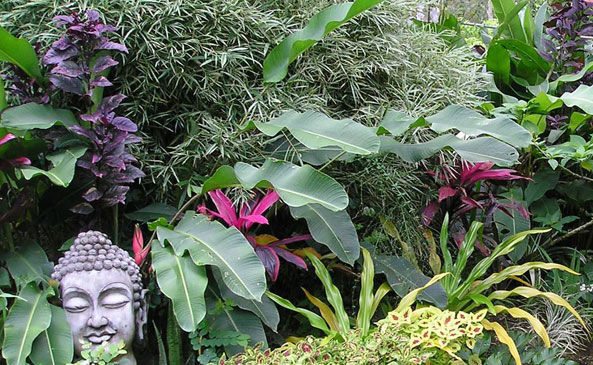Preparing for Rainy Season
For the first time in a few years, we have seen a typical dry season, characterized by hot days, cool nights and gusty winds. The end of May is typically the transition period into the rainy season, so now is the best time to start readying up. Here are some gardening tips, as we await the rains.
Dig up all dead plants to clear the way for new growth. It is not unusual to replace soft landscaping (ground covers and small shrubs) at the turn of the seasons. In fact, avid gardeners look forward to the change! There are many choices of landscaping plants that are better suited to the rains and those that will thrive in the dryer months.
Now is the time to bring in soil &/or manure. Apply to the base of plants while it is still dry and easy to work. If the soil sticks together in a ball and does not readily crumble, it is too wet for working, because it will cake as it dries, making it unsuitable for young plants. The type of soil is not so important as it being well drained, free of stones, and moisture retentive. Infertile but crumbly soil can be made productive by tilling in manure or any good commercial complete plant food. Be careful not to add too much because of the danger of fertilizer burn. If manure is being used, it must be composted prior to planting, because fresh, hot manure will also burn your plants.

When it rains or you water a plant in a container, all of the spaces in the soil fill with water, and the air is displaced. As gravity pulls the water downward, air moves back into the soil spaces.
If rain falls over an extended period, the air spaces in the soil remain filled with water, depriving the roots of oxygen. Eventually, the roots stop functioning properly, causing plants to wilt. They are now more vulnerable to attack by fungal organisms that cause root rot, which is often fatal.
Drainage is the key to a successful garden and there’s not much we can do about it once planting is done. Our primary tool to achieve this is planting in raised beds, 6 to 12 inches higher than the surrounding soil. Raised beds drain faster and better than ground-level beds. If you can’t put in a raised bed, try to landscape with plants that can adapt to the wet area.
After planting, a top dressing of wood mulch helps control weeds and makes a great finish.
This article was written for Everywhere Tobago and published on their Issue 6 (June / July 2015). CLICK HERE to view the magazine.


